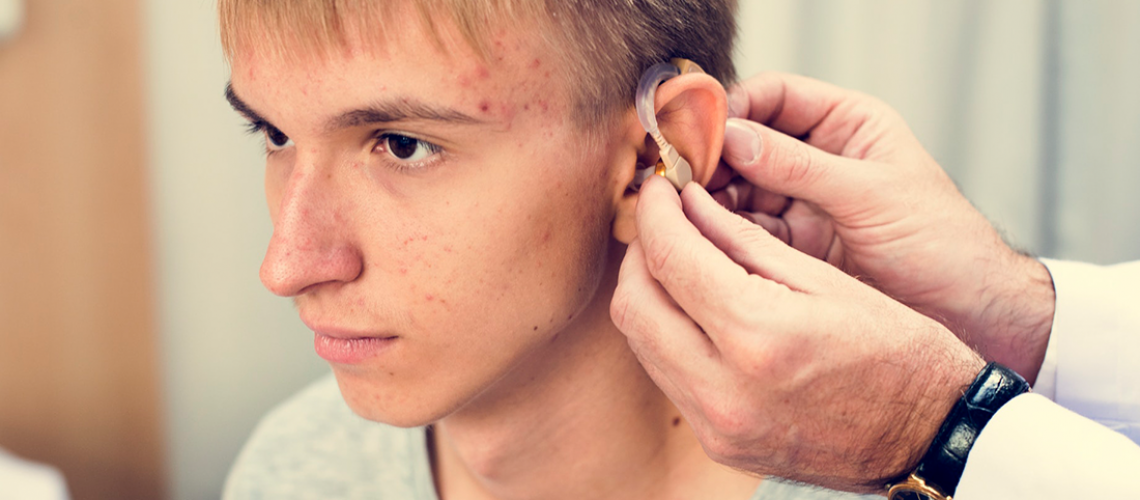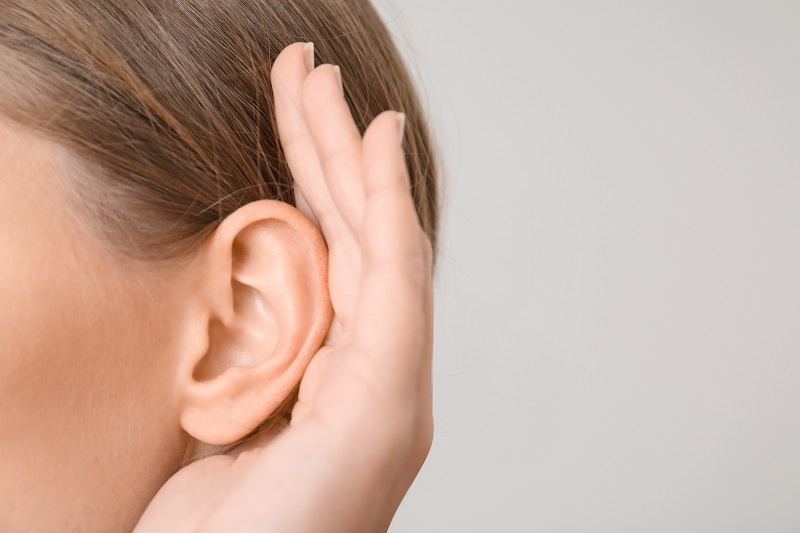When we think about the causes of hearing loss, we often think of common causes like aging or noise-induced hearing loss. A variety of conditions, injuries, and occurrences can lead to hearing loss, but some are very rare. While rare, they do occur and are a reality for some people.
Here are four of the most unusual and uncommon causes of hearing loss:
- Meniere’s disease
Meniere’s disease can lead to vertigo, fluctuating hearing loss, tinnitus, and a feeling of fullness or pressure in the ear. In most cases, this condition affects only one ear. While the cause of Meniere’s disease is unknown, some hearing professionals believe it is caused by an abnormal amount of fluid in the ear.
Also called endolymphatic hydrops, Meniere’s disease usually appears between young and middle-aged adulthood, around the ages of 20-50 years. While it is considered a chronic condition, certain treatments can ease the symptoms. Medication for motion sickness or nausea can help. Other possible treatments include the use of hearing aids, vestibular rehabilitation to improve balance, and the use of a Meniett pulse generator, which applies pulses of pressure to the ear canal through a tube.
- Superior semicircular canal dehiscence syndrome (SCDS)
This disorder occurs when a very small hole forms in a bone of the inner ear. SCDS can cause symptoms like nausea, vertigo, and extreme sensitivity to sound. Patients even report being distracted by the sound of their own pulse.
To verify that SCDS is the cause of the symptoms, your medical professional will likely request a CT scan of the inner ear. If it is found that an opening in the temporal bone is present, surgery can be conducted to correct the condition.
- Cholesteatoma
A cholesteatoma is a cyst-like growth that develops in the inner ear. While the growth isn’t malignant, it can lead to permanent hearing loss and other serious conditions, like meningitis, if left untreated. In addition to hearing loss, symptoms may include a smelly discharge.
There are two types of cholesteatoma: congenital and acquired. Congenital cholesteatoma is present at birth and typically grows behind the eardrum. Acquired cholesteatoma usually occurs during adulthood and is most common in those with recurring ear infections.
In most cases, the cholesteatoma can be removed through surgery. If left untreated, the cholesteatoma can continue to grow and eventually cause permanent damage to the inner ear. This may result in balance problems, dizziness, or interference with facial nerves and muscles. Cholesteatoma are also often infected, and the toxicity can spread to other areas, leading to meningitis or brain abscesses in extreme cases.
- Autoimmune inner ear disease (AIED)
AIED is caused by antibodies or immune cells attacking the inner ear. Symptoms may include progressive hearing loss and dizziness.
At this time, AIED is considered a chronic, incurable condition. It can cause permanent damage to hearing and balance. Fortunately, the symptoms can be managed through the use of steroids and other medications, cochlear implant surgery, or cell and gene therapy.
If you would like to learn more about these rare causes of hearing loss, or if you suspect that you are experiencing hearing loss, we encourage you to contact our hearing professional today.




